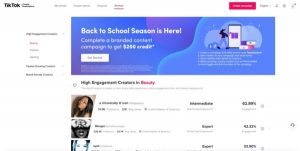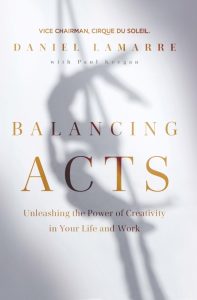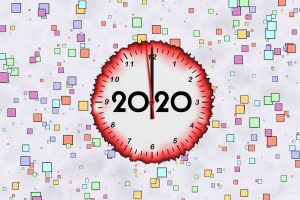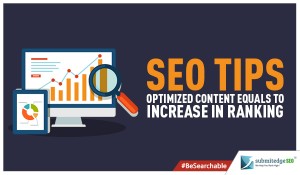![]()
Think back to the last marketing email you received – can you remember what caught your attention first? Understanding how eye tracking works can help you to improve the content and overall effectiveness of your email marketing campaigns.
Companies can spend thousands of pounds investigating and tracking users eye movements to record what they’re looking at when opening emails. Having the ability to understand where recipients are initially drawn to can determine how to construct your email and where certain components should be placed.
Unfortunately, not every business has the budget for this type of research or software. With this in mind, and to help users of our own email marketing software, we’ve pulled together some key points to gain insight into the eye movements of recipients and how to make use of this information when building your email marketing campaigns.
Eye Scanning Patterns
The ‘F’ Pattern
There have been multiple experiments surrounding this pattern where users sweep from left-to-right a couple of times and then downwards in an ‘F’ shape. This is linked to the natural reading flow of our language being in a left-to-right direction.
From this we have learnt that the left-hand side of an email is actively looked at more than the right-hand side, so the most important pieces of information should be placed on the left.
The ‘Z’ Pattern
There is also a ‘Z’ pattern. This is similar to the ‘F’ pattern, however, the route users take to look at information is in the shape of a ‘Z’ instead. This can be implemented if you are wanting to have a slightly more adventurous layout.
This pattern shows the eye scans information left-to-right, down diagonally and then left-to-right again. Again, the most important pieces of information should be placed on the left.
Tips for Your Email Layout
Be Precise and to The Point
Readers scan emails quickly to find information that is relevant or useful to them. Emails with long wordy paragraphs and big blocks of text can cause readers to become distracted, causing them to skip over the text and not digest the information being provided. This can have an impact on the number of clicks generated from your email campaign.
It’s natural to want to get as much information to your readers as possible, but less draws the eye. Use bold titles, bullet points and call-to-actions that stand out for those scanning your emails. Give them just enough information to encourage them to click through to your website.
Guide Your Readers
Using an inverted pyramid or funnel shape to lay out certain items can subliminally guide the reader’s eyes to follow the information downward. This can be used to guide them to a specific call to action, which can encourage click throughs.
Place Important Information Above The Fold
Most marketers are aware of ‘the fold’ which was originally used to describe the area of the newspaper on display when folded. With email, it’s the section visible when a recipient first opens an email. The information above the fold should catch the reader’s attention, generate interest and encourage them to scroll down and read the rest of the content.
Draw Attention Through Images
In the world of photography, it’s well known that when looking at a picture of a person we can’t help but follow the direction that person is looking in. For example, by using an image of a someone who’s looking directly at an image of a product, a piece of text or call to action causes your reader to also look in that direction. This is a clever way of drawing your reader’s attention to the information you want to get across.
Use Numerals Instead of Text
There’s evidence that suggests that one of the best ways to grab the eye of a reader is to use numerals, along with bullet points and short paragraphs. The shape of digits varies quite heavily from alphabetic letters, so they catch the eye of the reader. Numbers are also associated with facts and statistics which some readers love!
Use Bold Call to Actions
Readers are drawn to bold call-to-actions as they are purposely placed to be eye catching. The use of contrasting colours and short striking words can grab the reader’s attention over all other text and images within an email to instruct them to follow the required action.
(31)





